Astronomers have turned their eye towards the future following the US National Academies’ latest decadal survey of astronomy and astrophysics, which recommended a new generation of space telescopes. Keith Cooper explores their prospects, and the lessons learned from the troubled development of the James Webb Space Telescope
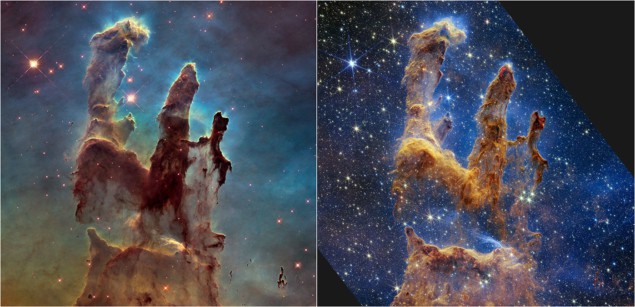
Christmas Day 2021 was a happy occasion for most astronomers around the world, as it was when the much-delayed James Webb Space Telescope (JWST) was finally launched. However, the fanfare surrounding its unfurling in space over the next month, as well as the subsequent jubilation over its first images, has masked a troubling problem in observational astronomy – which is that much of the rest of NASA’s fleet of space-based orbiting observatories is ageing. The Hubble Space Telescope has been working since 1990, while the Chandra X-ray Observatory was launched nearly a decade later. Meanwhile, their infrared compatriot, the Spitzer Space Telescope, launched in 2003, is no longer operating, having been shut down in 2020.
That’s why astronomers are worried that should something happen to one or more of these increasingly rickety telescopes, they could be cut off from whole swathes of the electromagnetic spectrum. With the shutdown of Spitzer, the far-infrared (160 μm) is already out of reach as the JWST only ventures into the mid-infrared at 26 μm. Similarly, the JWST is not optimized for observing visible or ultraviolet wavelengths like Hubble does. Sure, the forthcoming Nancy Grace Roman Space Telescope – formerly the Wide Field InfraRed Survey Telescope (WFIRST) – is an optical and near-infrared telescope, but its field of view is much wider than Hubble’s, meaning it is not geared for close-up, detailed work; nor does it have Hubble’s ultraviolet coverage.
Great observatories
To ensure our view of the universe across the spectrum remains bright, US astronomers are currently picking and choosing the next cohort of space telescopes. The prime recommendation of the latest astronomical decadal survey from the US National Academies of Sciences, Engineering and Medicine – the 614-page report Pathways to Discovery in Astronomy and Astrophysics for the 2020s (Astro2020) – is for plans to be put in place for a new generation of “great observatories” to begin launching in the 2040s. This echoes when Chandra, Hubble, Spitzer and the Compton Gamma-Ray Observatory (which operated between 1991 and 2000 and was succeeded in 2008 by the Fermi Space Telescope) were being developed, and which were heralded as the “great observatories”.
Working alongside each other to study the universe, these telescopes have spearheaded NASA’s astrophysics research for decades. The reuse of this phrase “great observatories” in the new decadal survey is deliberate, says the survey’s co-chair, Fiona Harrison of the California Institute of Technology. “It’s to get across the point that panchromatic observations, from X-rays to infrared, are really essential for modern astrophysics,” she says. “A lot of the success of the [original] great observatories is that they were developed and launched one after the other, with overlapping observations.”
Building a successful space telescope is a long process, typically taking 25 years from the start of development to launch. Concept work for Hubble began in the 1960s, while plans for the JWST first came together in 1995, after the Hubble Deep Field images showed that the first galaxies are within reach of a larger telescope. The next generation of such space-based probes therefore won’t launch until the 2040s, at the earliest. But they will include the survey’s number one recommendation: a flagship mission to replace Hubble, drawing inspiration from two concepts – the Habitable Exoplanet Observatory (HabEx) and the Large UltraViolet, Optical and InfraRed (LUVOIR) telescope. Also on the drawing board are an X-ray mission and a telescope that can observe in the far-infrared.
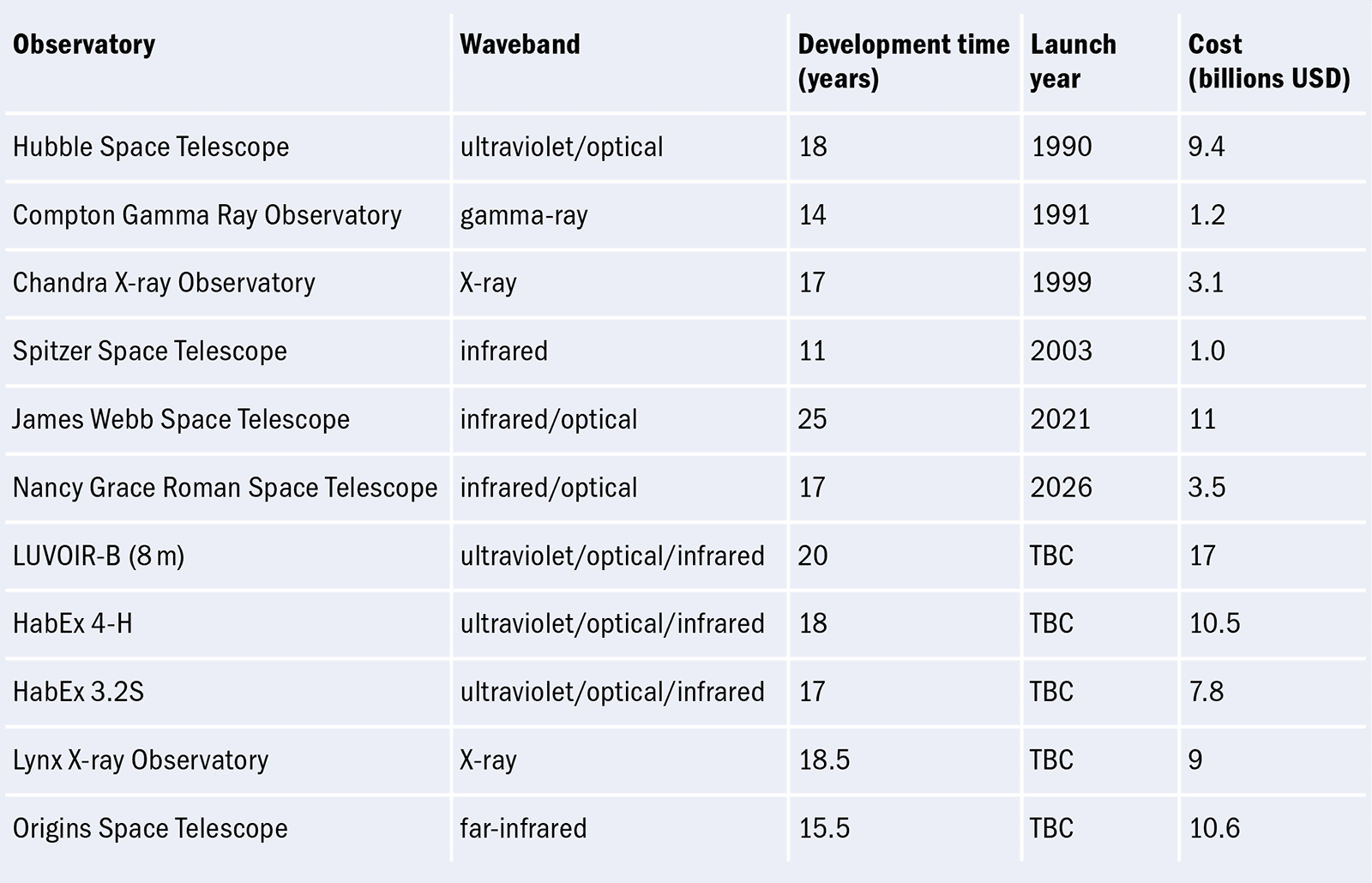
But given the precarious health of our current crop of space telescopes, and knowing the new missions won’t launch for another 20 years, shouldn’t astronomers have started planning for new great observatories years ago? “For sure,” says Steven Kahn of Stanford University, who chaired one of the panels in the decadal survey looking at future space telescopes. He cites the Constellation-X observatory – an X-ray space probe that was recommended as a follow-up to Chandra in the 2000 decadal survey, but never came to fruition because of the drawn-out development of the JWST, which sucked up all the astrophysics budget. “The JWST basically dominated the great observatory programme at NASA for two-and-a-half decades,” explains Kahn. “As a result, there wasn’t room to do a follow-on X-ray mission, or the kind of pioneering far-infrared mission that we’re envisaging.”
Winner takes it all
Indeed, the JWST’s development saw many issues, including huge overruns in cost and development time, which almost saw the project cancelled. The memory of these mistakes looms large over the new decadal survey, influencing some of the recommendations made to restore balance to astrophysics in the US. But it wasn’t always like this. Kahn laments how, prior to the 2000 survey, just getting on the list of recommendations in a decadal survey was enough to virtually guarantee that your project or mission would happen. But in the modern era of $10bn telescopes, “you have to be number one or you’re not going to get it done” says Kahn. “The problem is that in this winner-takes-all environment, everybody wants to throw all the bells and whistles they can onto a project because if you think you’re only going to get one shot at a big mission in the next 50 years, you want to make it count.”
It’s this way of thinking that can lead to the problems the JWST both faced and caused. The more complex a mission design becomes, the more instruments and capability that you want it to have to make it worthwhile – which means that it grows more expensive and takes longer to develop. “All of which gets us back into this vicious cycle of winner takes all,” continues Kahn.
Harrison agrees, emphasizing that this new decadal survey is an attempt to try and change US astronomy’s approach. “For a decadal survey to say, this is the number-one thing, we need to do it no matter what, at whatever cost it ends up being, is not a responsible approach,” she says. In an attempt to counter this, the recent survey makes a number of new proposals. Among them is the idea that missions should be designed in tune with specific science priorities, rather than allowing the mission concept to run away with itself, with all the “bells and whistles”, to quote Kahn.
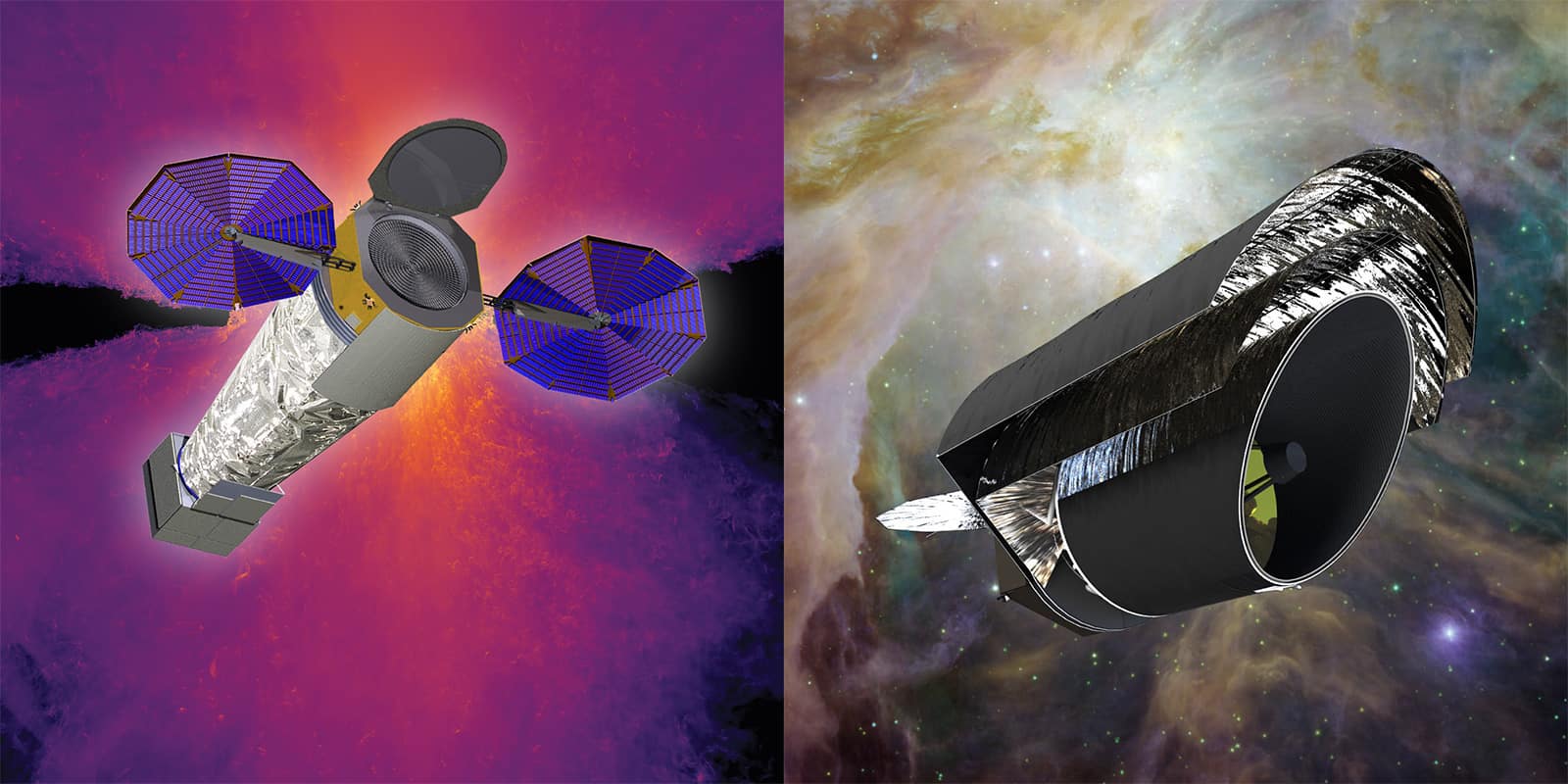
For example, one of the key science questions that Kahn’s panel looked at was the way in which active supermassive black holes in distant, dusty galaxies influence star formation. The accretion of matter onto such black holes would be detectable to a high-angular-resolution X-ray telescope, while a far-infrared spectroscopic mission would be able to peer through the dust and probe specific spectral lines related to star formation and feedback from black-hole winds. The hope is that the two missions could be launched within a few years of one another, and operate in unison. However, what shape those missions will take is still up in the air.
Prior to the decadal survey there were two mission concepts – the Lynx X-ray Observatory and the Origins Space Telescope – that would operate at mid- to far-infrared wavelengths, with a telescope mirror between 6 and 9 m in diameter. Each was estimated to cost about $5bn, but the decadal survey concluded that these costs were being underestimated and that their science capabilities didn’t quite fit into the requirements that the panel was looking for.
Flagship missions
And here enters one of the decadal survey’s other innovations – namely, a new class of space telescope referred to as “probe-class”, with budgets of a few billion dollars. “We have to acknowledge that if things were all going to be as expensive as JWST, it would be difficult to have all the great observatories operating at the same time,” says Marcia Rieke of the University of Arizona, who led the second panel on space telescopes, focusing on the optical and near-infrared regime. “The best way instead might be to have one flagship mission, and then have the other parts of the electromagnetic spectrum covered by probe missions.”
Indeed, any possible X-ray and far-infrared probe-class missions could also be joined by a probe-class ultraviolet telescope. Improvements in mirror coatings and detectors over the last few decades mean that a 1.5 m telescope could actually be more sensitive than Hubble at ultraviolet wavelengths. “That would provide some robustness against Hubble out-and-out failing,” says Rieke.

To help develop these future space telescopes, whether they proceed as $10bn behemoths or go forward as more modest (but still ambitious) probe missions, the decadal survey recommends that NASA creates a new Great Observatories Mission and Technology Maturation Programme. It would not just develop the technology, but also “mature the mission concepts”, says Harrison. For its part, NASA is already holding workshops as part of this new programme and has produced a draft call for probe missions.
If the X-ray and far-infrared missions – nicknamed “Fire” and “Smoke” for now – are to be probe-class, then the flagship great observatory will be the long-awaited direct replacement for the Hubble Space Telescope. The concept that leads the way is LUVOIR, and two versions of the telescope have been proposed: either a wildly ambitious 15 m telescope, or an 8 m telescope, the latter of which would still be the largest space telescope ever launched.
Other Earths
For cost and practicality reasons, the decadal survey recommended that the 15 m version fall by the wayside, and that the final design meld the best parts of both LUVOIR and HabEx. The key science goal of this telescope, explains Rieke, is that it has to be able to detect Earth-mass planets in the habitable zone of stars. To that end, Rieke’s panel engaged in a discussion with the exoplanet community about how many potentially habitable planets could be detected as a function of the size of the telescope.
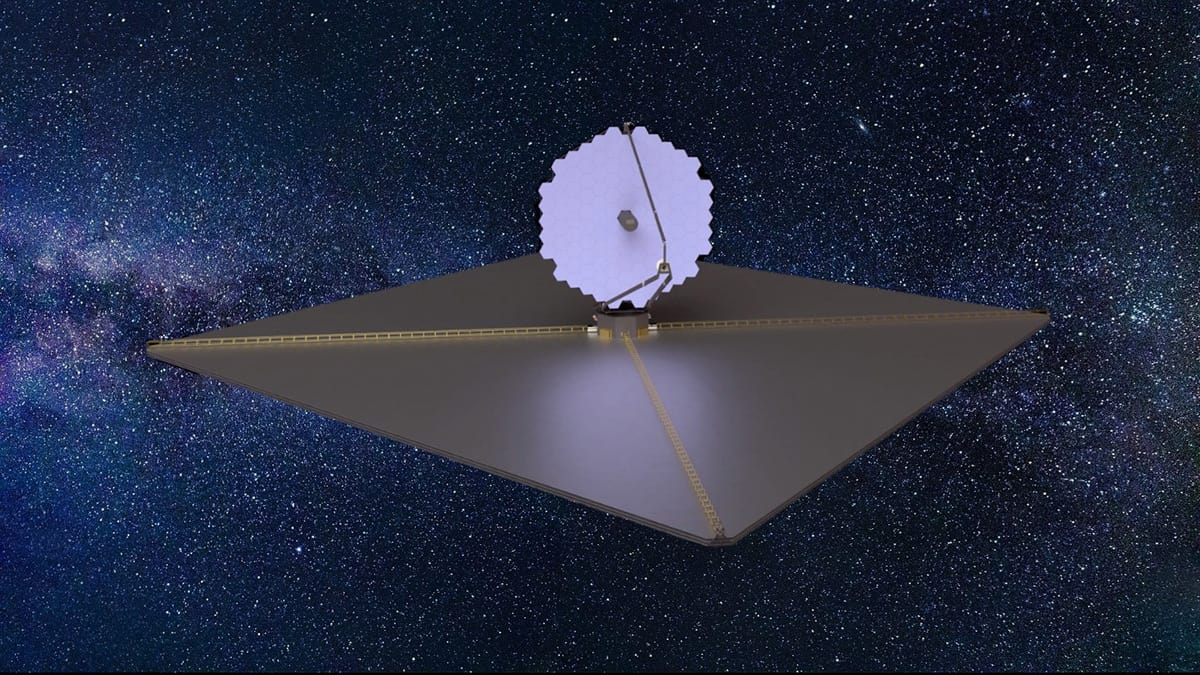
“As a group, you ask: what are the key science goals? What level of sensitivity is needed? What’s the smallest telescope that will do the job?” says Rieke. The answer she got back was that a 6–8 m-aperture telescope is about as small as you dare go if you want to find potentially habitable exoplanets.
Success isn’t just about the size of the telescope though; its instruments have to be up to scratch too. Successfully imaging Earth-sized planets close to their stars will require a coronagraph as part of its design. Exoplanets the size of Earth normally cannot be imaged because the glare of their star is too overpowering. A coronagraph blocks the light of the star, making it easier to see any planets in attendance. They have been a staple of studies of the Sun for decades – their name comes from blocking the Sun’s disc so astronomers can see the solar corona. But devising a coronagraph that can precisely block the bright light of a star, which appears as essentially a point source, while allowing planets just milliarcseconds from the star to be visible by reducing the contrast between the star’s glare and the planets’ light to 10–10, is “quite a step beyond anything that we’ve done before”, says Rieke.
Beyond space, telescopes on the ground
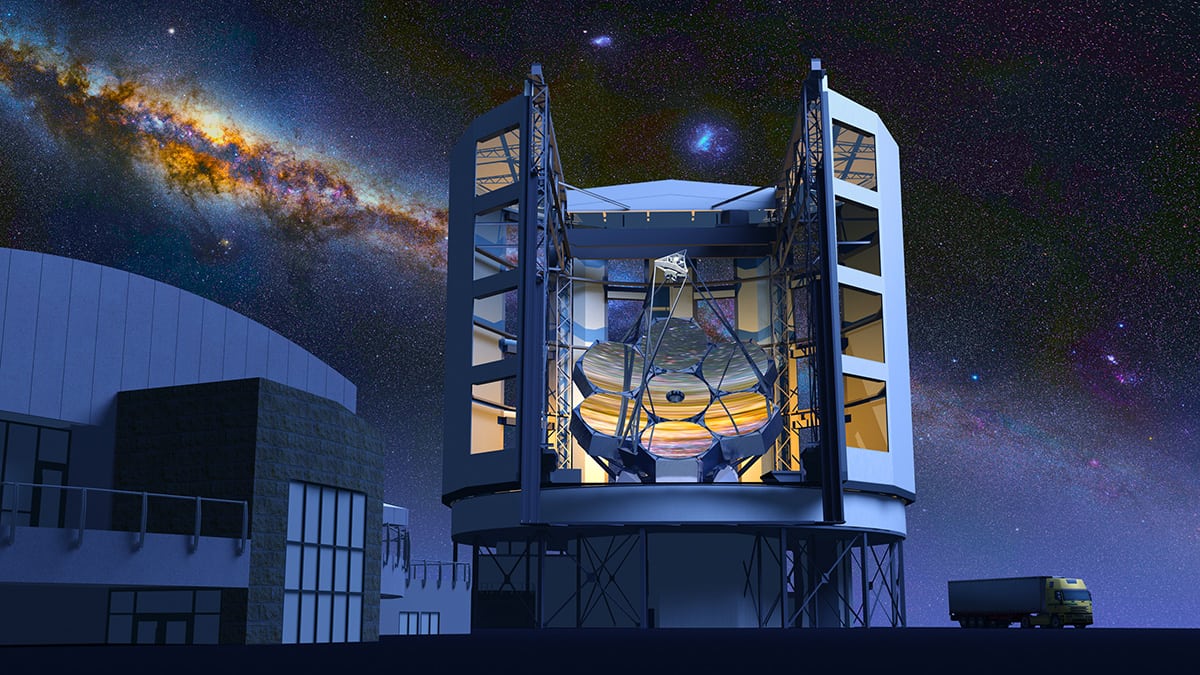
Not all of the decadal survey’s recommendations are related to giant telescopes in space. Indeed, some of them are giant telescopes firmly rooted on Earth. For example, the controversial Thirty Meter Telescope to be built on Mauna Kea in Hawaii, despite the protests of some native Hawaiians, continues to move forward. So too is the Giant Magellan Telescope, which is under construction in Chile and will feature seven 8.4 m telescopes to give an effective diameter of 25.4 m.
The survey also recommends that the Next Generation Very Large Array – 244 radio dishes of 18 m diameter and 19 dishes of 6 m diameter spread across the US south-west – should start being built by the end of the decade. It will replace the ageing Very Large Array in New Mexico and the Very Long Baseline Array of dishes across the US. Upgrades to the Large Interferometer Gravitational-wave Observatory (LIGO) and plans for an eventual successor are also recommended.
Meanwhile, cosmologists will be heartened to hear that the survey also calls for a new ground-based observatory, dubbed the CMB Stage 4 observatory, to detect polarization in the cosmic microwave background radiation to search for evidence of primordial gravitational waves that resulted from cosmic inflation in the earliest moments of the universe.
Finally, back in space, the highest priority for medium-scale missions is a fast-response time-domain and multimessenger programme to replace NASA’s Swift spacecraft and detect supernovae, gamma-ray bursts, kilonovae and various other kinds of astronomical transients. Crucially, the missions in this new programme need to be able to work with and support the ground-based observations of LIGO, the Cherenkov Telescope Array and the IceCube neutrino detector, for which a “Generation 2” detector has also been recommended.
Sufficiently funded?
The general response to the decadal survey’s recommendations has been mostly positive, with NASA, the National Optical-Infrared Astronomy Research Laboratory (NOIRLab) and the National Radio Astronomy Observatory (NRAO) all giving it their seal of approval. The next step, says Harrison, is to convince politicians to part with the funds that will be needed to make the great observatories possible.
The next step is to convince politicians to part with the funds that will be needed to make the great observatories possible
Fiona Harrison, California Institute of Technology
“Certainly a focus now for myself and Robert Kennicutt [Harrison’s fellow co-chair from the University of Arizona and Texas A&M University] is to try and articulate to Congress the excitement of the compelling projects recommended by the survey,” she says. “It was a positive response from NASA, and it wants to make the recommendations happen, but the budget has to be there.”
Should that money be forthcoming, then Rieke estimates the funding required to mature the technology for the optical telescope to be about half a billion dollars. “We would then be poised, near the end of this decade, to have all the technology ducks sitting in a row and we’ll be able to enter the construction phase,” she says.
The timescales involved are phenomenal. If Hubble and Chandra are anything to go by, the next-generation telescopes launched in the 2040s could still be operational in the 2070s or beyond. The decadal survey’s recommendations are therefore not just important for the next 10 years of astronomy, but for their impact on much of this century. There was therefore tremendous pressure on the survey to have got it right.
“That’s where it’s important to pick ambitious goals,” says Rieke. “You have to identify something that’s so important that everyone agrees, and is enough of a step forward that something else isn’t going to overtake you while you’re doing it.” History will judge whether this decadal survey got its key decisions correct, but from today’s perspective, the future of astrophysics promises to be an exciting one.



